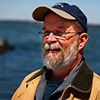
CCRM director steps down after 49-year career of helping to turn the tide toward a healthier Chesapeake Bay.

CCRM director steps down after 49-year career of helping to turn the tide toward a healthier Chesapeake Bay.
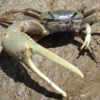
Shift to new habitat helps fiddler crabs leave some troubles behind.
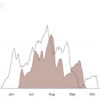
Hypoxia in 2020 below average due to cool temperatures, wind events, nutrient reductions.

The Garden Club of Virginia has chosen CBNERR educator Sarah McGuire Nuss as a winner of its Conservation Educator Award for 2020.
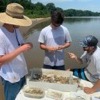
Researchers with VIMS' long-term survey recorded 13.89 young-of-year striped bass per seine haul in the Virginia portion of Chesapeake Bay during 2020, the 8th consecutive year of average or above-average recruitment.

Wells has led institute to new heights despite significant challenges.
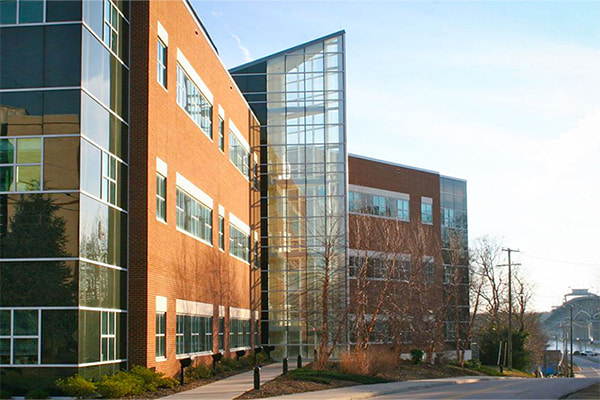
Project offers blueprint for future efforts to maintain & restore coastal habitats.
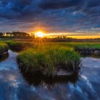
21st-annual contest recognizes the most noteworthy images captured by VIMS faculty, students, and staff while conducting research in the field and laboratory.
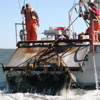
Results from the latest Winter Dredge Survey—conducted annually by VIMS and the Maryland DNR—show the Chesapeake Bay’s blue crab stock will be able to support quality commercial and recreational harvests.
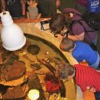
Awards will help develop freshwater exhibit in VIMS Visitors Center and to survey property owners concerning preferences for managing shoreline erosion.
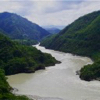
Analysis led by Dr. Christopher Hein of VIMS indicates greater tropical rainfall may increase microbes’ release of carbon dioxide from soils into air.

Local oyster growers may be eligible for $180,000 in funding to deploy new shells and begin spat-on-shell production in target areas, with applications due by May 15, 2020.
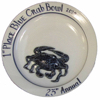
Virginia Beach competitor will move on to represent Virginia at the National Ocean Science Bowl in Gulfport, Mississippi in April.

Commissioned to mark the AGU's 100th anniversary, study led by VIMS team stresses that microplastics are a concern not only in the ocean but on land and in the air.
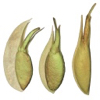
Winged seed harnesses the force of underwater currents to hold it on the seafloor for rooting.
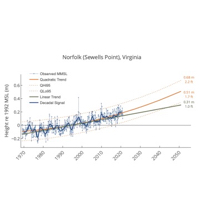
Tide-gauge measurements show that water levels rose at higher rate in 2019 than 2018 at 25 of 32 stations.
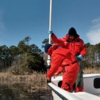
Evidence from field sampling, lab experiments, and genetic analyses show that poultry wastewater inhibits microbes’ capacity to remove nitrogen from aquatic ecosystems.
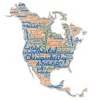
The 145 journal articles authored or co-authored by VIMS researchers in 2019 were talked about around the world. Here are the 15 that received the most "buzz."
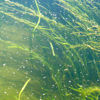
VIMS report estimates that 91,559 acres of underwater grasses grew in the Chesapeake Bay and its tidal tributaries in 2018. The acreage is likely an underestimate as rain, cloudy water, and security restrictions prevented collection of aerial imagery in many areas.